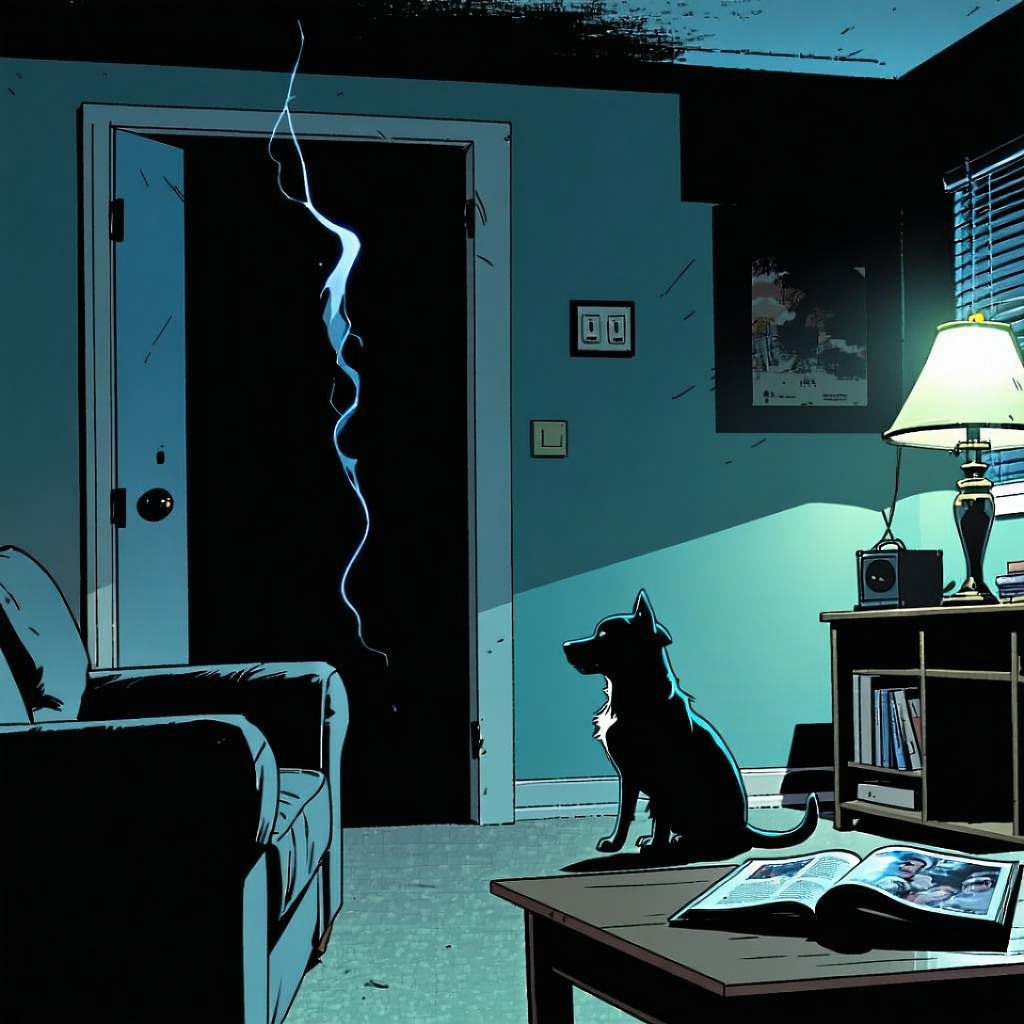
Insurance Isn’t Your Genie — It Won’t Fix What You Neglect
People often think insurance works like a genie. You pay your premium, something breaks, and poof—a check appears to fix the problem. But that belief is one of the most expensive misunderstandings people carry. Insurance was never designed to fix what wears out over time. It’s there to protect you from unexpected accidents, not from the consequences of things aging, breaking down, or being poorly maintained. Still, time and again, people are blindsided when their claim gets denied—furious that the coverage they’ve counted on won’t step in when their car won’t start or their roof starts leaking.
I remember one particular client who called me absolutely livid. Their roof was leaking during a heavy rainstorm, and they were ready to file a claim. But once we looked closer, the truth came out: the roof was twenty-five years old. It hadn’t been maintained, inspected, or repaired in years. There were no signs of storm damage or a sudden event—just the slow erosion of time. The client felt betrayed by their insurance policy, but in reality, the policy had never promised to replace what had simply gotten old. The real betrayal was in the assumption that insurance was a fix-it fund for whatever goes wrong. And that’s the hard truth: insurance doesn’t replace maintenance. It’s not a home repair fund. It won’t cover a water heater that dies after fifteen faithful years or a transmission that finally gives out after 200,000 miles. Those are expected failures, not accidents.
This misunderstanding leads to emotional and financial stress. It creates tension during claims. It results in disappointment when policies do exactly what they were written to do. And too often, people don’t realize this until it’s too late—when they’re out thousands of dollars and still needing repairs. The people who understand how insurance actually works? They’re the ones who maintain their properties regularly, ask the right questions, and use insurance as a backup plan—not a first line of defense.
And here’s the thing—it’s not their fault. The industry rarely slows down to explain all the fine print. Most people aren’t taught the difference between damage and decay. They assume that paying a premium means they’re covered no matter what. So when something breaks—especially something big like a roof, a water heater, or a car engine—they expect a payout. But what they get is a denial letter that feels like a slap in the face. The goal isn’t to catch people off guard. The goal is to help people avoid surprises by giving them a realistic understanding of what their policy actually does. That’s where real protection starts—not with coverage, but with clarity.
If someone you know has ever said, “I’ll just file a claim when it breaks,” they’re probably carrying this exact misunderstanding. That mindset is the number-one reason people get denied. And when denial happens, so does financial stress. Emergency loans, credit cards, tapping into savings—none of that feels good. But it’s all avoidable with the right knowledge and the right planning. Insurance is meant for the unexpected. So the best thing you can do is prepare for the expected—by maintaining your property, budgeting for repairs, and keeping your policy up to date.
When people understand the difference between protection and prevention, everything changes. They stop expecting their insurance to play handyman. They start treating it like a partner that’s there to catch them when life throws a real curveball. And they make better decisions—smarter ones. Because real security doesn’t come from a piece of paper. It comes from knowing what that piece of paper actually means.
So here’s the truth: insurance isn’t your genie. It’s not there to fix what’s been neglected. It won’t save you from a leaky roof that should’ve been replaced years ago or a car that’s been rattling for months. It exists to help you recover from sudden, accidental losses—the things you couldn’t have predicted. The rest? That’s your responsibility. But that doesn’t have to be scary. It just means taking ownership. Asking questions. Getting ahead of the problems. And choosing to see insurance not as a fix-all, but as a tool. A smart, powerful tool—if you know how to use it.
So if it’s been a while since you’ve looked over your policy, if you’ve got a question about what’s covered and what’s not, now is the time to ask. Not after something breaks. Not when you’re already stressed and scrambling. Now—before the storm, before the breakdown, before the surprise. Because coverage doesn’t start with a claim. It starts with a conversation.
Let’s have that conversation. Before the drip turns into damage. Before the small issue becomes a crisis. And definitely before you assume your genie is going to come to the rescue.
Subscribe Here!

